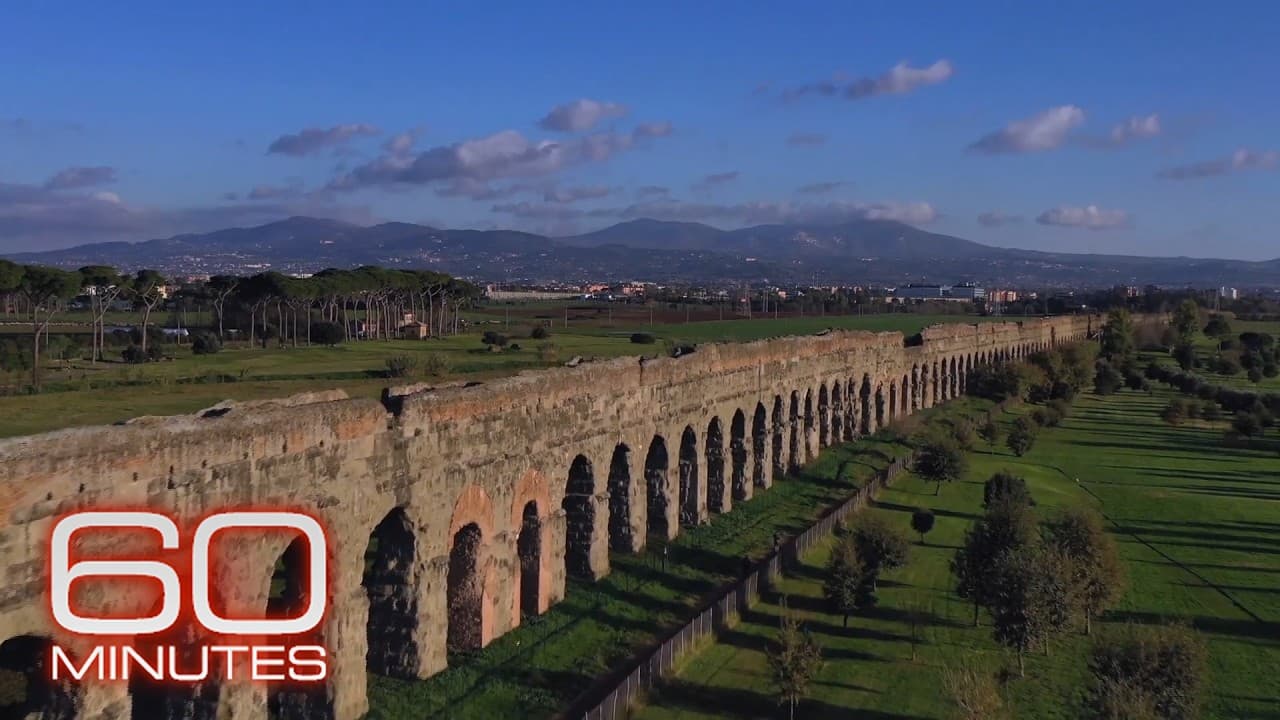World's Most Interesting Places: Vol. 5 | 60 Minutes Full Episodes
27 Jul 2024 (over 1 year ago)

Caligula's Gardens (11s)
- Caligula's Gardens were unearthed during the construction of an underground parking lot in Rome. The gardens, believed to have been a place of lavish parties and debauchery, were used by the Roman Emperor Caligula over 2,000 years ago.
- The historical portrayal of Caligula as a deranged and despicable emperor has been challenged by scholars. While some accounts depict him as a tyrant who committed incest and made his horse a senator, these claims are largely based on the writings of Suetonius, a biographer who relied on secondhand information.
- Archaeological evidence from Caligula's Gardens provides a more nuanced understanding of his reign. The site reveals evidence of lavish gardens, luxurious buildings, and exotic animals, suggesting that Caligula was not solely a cruel ruler but also invested in improving Rome's infrastructure and economy.
Sealand (13m27s)
- Sealand is a micronation located on a former World War II fort in the North Sea, off the coast of England. It declared independence in 1967 and is ruled by Prince Michael Bates, the son of its founder, Roy Bates.
- Sealand's history is marked by its unique origins as a pirate radio station and its subsequent struggles for recognition as a sovereign nation. The Bates family faced numerous challenges, including attempts by the British government to reclaim the fort and a coup attempt by a group of German and Dutch businessmen.
- Despite its small size and limited resources, Sealand has maintained its independence and continues to attract attention for its unusual status. The family has explored various ventures to generate revenue, including online gambling and the sale of noble titles. Today, Sealand remains a symbol of defiance and a testament to the enduring power of the human spirit.
Monkey Island (26m38s)
- Monkey Island, located off the coast of Puerto Rico, is a research facility where scientists study rhesus macaque monkeys, whose DNA is 94% similar to humans. The monkeys live in a semi-wild environment, with researchers providing them with food and monitoring their behavior.
- The island has been a research site for over 80 years, providing scientists with a unique opportunity to study the long-term effects of environmental changes on primate health and behavior. The monkeys have been observed to be highly adaptable and social, forming strong bonds with their family and friends.
- Hurricane Maria, which devastated Puerto Rico in 2017, had a significant impact on Monkey Island, destroying much of the vegetation and causing the deaths of approximately 50 monkeys. However, the majority of the monkeys survived, and researchers are studying how they adapted to the new environment and the long-term effects of the hurricane on their health and social behavior. The research suggests that the monkeys who had stronger social bonds may have been more resilient to the trauma of the hurricane.
Built by Angels (39m56s)
- The Churches of Lalibela, Ethiopia, are a testament to faith and architectural ingenuity. Carved from solid rock, these 11 churches were built around 1200 AD by the Zagwe dynasty, led by King Lalibela. Legend states that Lalibela, inspired by Jerusalem, sought to create a "black Jerusalem" in Ethiopia, and that angels assisted in the construction.
- The churches are a significant pilgrimage site for Ethiopian Orthodox Christians. Every year, thousands of pilgrims travel for days or weeks to reach Lalibela, particularly during Christmas Eve, when they fast and pray throughout the night. This devotion reflects their deep faith and resilience in the face of hardship.
- The churches are facing the challenges of time and weather. The rock from which they were carved is not uniformly strong, leading to erosion and crumbling. While conservation efforts are underway, including training local priests and laymen, the future of these sacred structures remains uncertain. The text emphasizes the importance of ongoing maintenance and the need to balance preservation with the spiritual significance of the site.